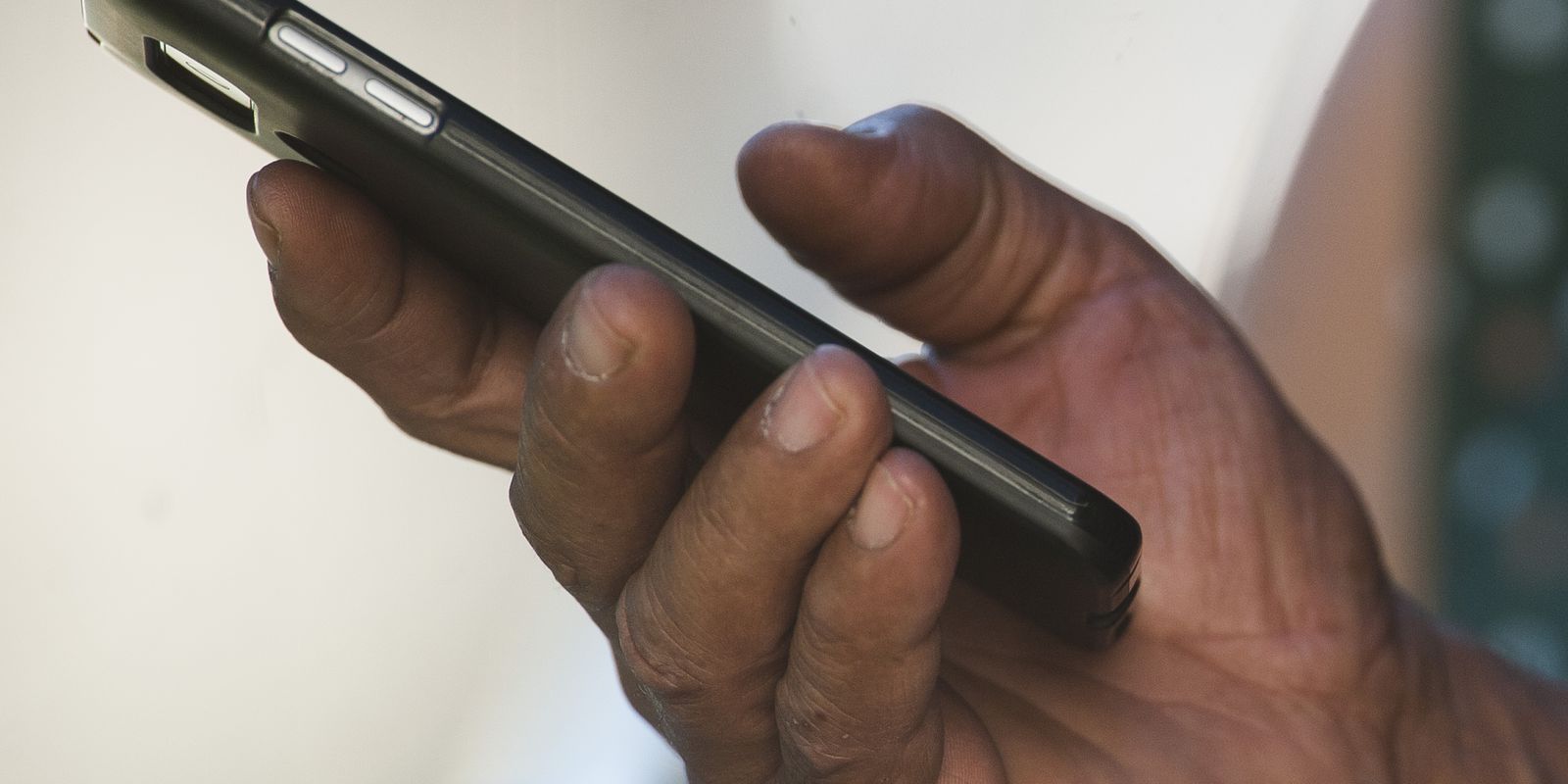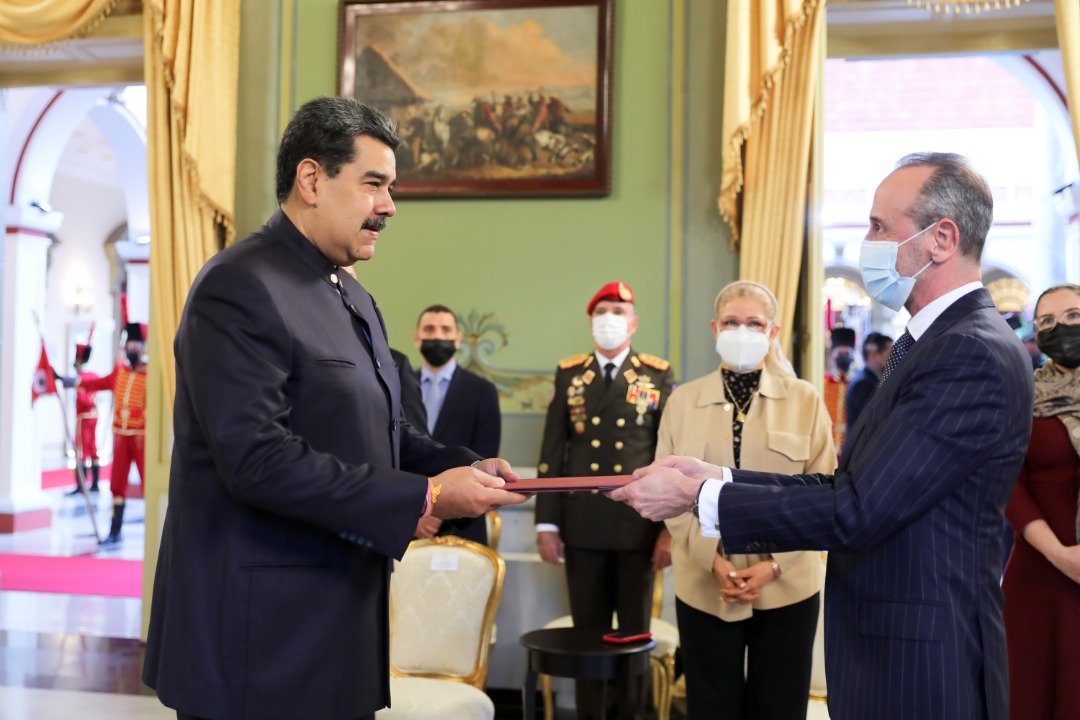Argentina expands its surveillance and control of the South Atlantic with a new radar in Río Grande
WATCH VIDEO
A medium-range mobile radar developed by Invap was installed near the Fuegian city of Río Grande, about 700 kilometers from Puerto Argentino, to enhance Argentine surveillance and control capabilities of the airspace in the South Atlantic.
Defense Minister Jorge Taiana supervised this Monday the deployment and start-up of the RPA-170M radar in Cabo Domingo, about 15 kilometers northwest of Rio Grande, from where can monitor all air traffic within a radius of 170 nautical miles (about 315 kilometers).
Taiana: “The only invincibles are the peoples willing to defend their sovereignty and their freedom”
WATCH VIDEO
The commissioning ceremony of the new radar was accompanied by overflights of the A4-Ar fighter-bombers and the IA-63 Pampa III advanced trainers of the Argentine Air Force, whose maneuvers over Cabo Domingo were used to demonstrate the capabilities of the surveillance system and control.
The event was opened by Senior Brigadier Rodolfo Centuriónwho during the Malvinas War was TPS-43 radar operator that was installed in the same place. The soldier recalled that “the task of the radar that was in this same place was to control the flights that took off from Río Grande and we still remember the sensations of joy when we saw them all return on the screen and the bitterness of when three or four but two or three returned”.
“With the pilots we knew each other so well that we knew by their tone of voice how the mission had gone and when they landed we always greeted each other with ‘Viva la Patria’. In those months the radar operators lived in three tents and a mobile home in the YPF property, enduring the cold and the tensions of the moment, but we never stop valuing the residents of Río Grande. This light blue and white scarf that I am wearing was given to me by a boy who approached the radar and we adopted it as colors of the unit,” he said.
Now in Rio Grande, Tierra del Fuego, together with @gustavomelella Y @MartinPerezTDF and the @ForceAerea_Arg We inaugurated a 3D radar to enhance surveillance and control in this strategic area of our country.
We continue to reaffirm our national sovereignty. ?? pic.twitter.com/S128u7mA2h
– Jorge Taiana (@JorgeTaiana) May 30, 2022
“I am happy to see a radar in Cabo Domingo again, today there is once again a presence of a fundamental defense instrument for a country of our size and wealth; I am positive that this radar project will continue in the coming years, a A country like ours needs a radar system like the one being developed,” Centurión concluded.
Defense Minister, Jorge Taiana affirmed that they are “complying with a plan to recover Argentina’s military capabilities.”
“This radar plan began in the north, but we wanted to recover a greater presence in the south, on the Isla Grande de Tierra del Fuego, where we are building the new Integrated Naval Base, strengthening the presence of the Army and the Air Force,” he added. .
“Now we are putting into value a surveillance and control mechanism to monitor undeclared or non-cooperative flights. because we are going to fully exercise the rights and responsibility that our sovereignty imposes on us throughout our territory, especially towards the South Atlantic, which is what marks the bicontinental dimension of Argentina,” he added.
“We know that here we are close to our territory occupied by a colonial powerand our presence here today to activate this radar is in compliance with what our Constitution mandates that is to have all the political and diplomatic means to reestablish our full sovereignty in our islands”Taiana finished.
The Commander of the Argentine Air Force, Brigadier General Xavier Isaacstressed that “this was an idea that came up a few months ago with the minister and the commander of the Joint Chiefs of Staff of the Armed Forces to strengthen the presence in the South Atlantic. This radar was a debt to our sovereignty, the radar that was here was a fundamental part of the Malvinas War.”
#Land of Fire ?| A new radar produced by @invapargentina joins the Aerospace Surveillance and Control System (SINVICA).
Located in the city of Río Grande, it allows expanding the monitoring of the Austral Sea, with projection towards Antarctica and the South Atlantic Islands. pic.twitter.com/7Li3A5gLFJ
– Ministry of Defense (@MindefArg) May 30, 2022
The Commodore Adolfo Alejandro Heretich, head of the Merlo military air base from which all Argentine radars are controlled, stated in dialogue with Télam that “This system gives us back a surveillance capacity that we had during the Falklands War when another radar was installed in this same place.”
The characteristics of the radar
“This Invap radar incorporates the more modern technologies and has many capabilities than the 1982 did not have, but the location is strategic because it allows a very good surveillance coverage and it was possible to take advantage of the facilities that had been left standing to recover them and use them now. We are facing the sea in an area of strong winds, and if we had not provided adequate protection measures, no radar could last long here,” he added.
This system is the mobile version of the RPA-240T long-range radar also developed by Invap with which Argentina consolidates a surveillance belt along the borders in the north of its territory.
This mobile unit was at the disposal of the Joint Aerospace Command (Cocaes) at the base of the Merlo district of Buenos Aires, and within the framework of the National Aerospace Surveillance and Control System (Sinvyca), it was decided to transfer it to Cabo Domingo to strengthen the capabilities of the that Argentina has until today through the radar that already operates in the air base of the Santa Cruz town of Río Gallegos to identify non-cooperative aircraft and irregular air transits in the South Atlantic.
The RPA-170M is a state-of-the-art medium-range 3D tactical air defense radar operating in the L/D band, It is a highly mobile system designed for rapid deployment with minimal staffing and has excellent performance in a wide range of operational scenarios.
The complete system, which includes two operations and communications stations, is contained in the space of two 20-foot ISO cabins that can be transported by any vehicle with standard fixings, while all the equipment necessary to go into operation can be transported in only one C-130.
The governor of Tierra del Fuego, Gustavo Mella, also participated in the activity; the mayor of Río Grande, Martín Pérez; the head of the Joint Chiefs of Staff of the Armed Forces, Lieutenant General Juan Martín Paleo; the head of the Argentine Navy, Admiral Julio Guardia; the Secretary for International Affairs of the Ministry of Defense, Francisco Cafiero; and the Secretary of Military Coordination in Emergencies, Inés Barboza Belistri; among other authorities.












